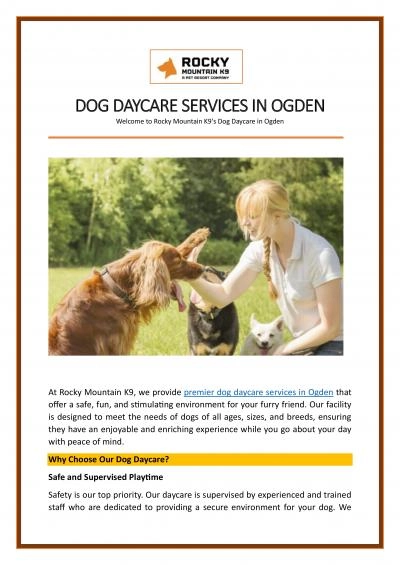PDF-icence Conditions and Guidance for Dog Boarding Establishments ...
Author : trish-goza | Published Date : 2016-02-22
Model L MODEL LICENCE CONDITIONS AND GUIDANCE FOR DOG BOARDING ESTABLISHMENTS ANIMAL BOARDING ESTABLISHMENTS ACT 1963 Model L icence Conditions and Guidance for
Presentation Embed Code
Download Presentation
Download Presentation The PPT/PDF document "icence Conditions and Guidance for Dog B..." is the property of its rightful owner. Permission is granted to download and print the materials on this website for personal, non-commercial use only, and to display it on your personal computer provided you do not modify the materials and that you retain all copyright notices contained in the materials. By downloading content from our website, you accept the terms of this agreement.
icence Conditions and Guidance for Dog Boarding Establishments ...: Transcript
Download Rules Of Document
"icence Conditions and Guidance for Dog Boarding Establishments
..."The content belongs to its owner. You may download and print it for personal use, without modification, and keep all copyright notices. By downloading, you agree to these terms.
Related Documents

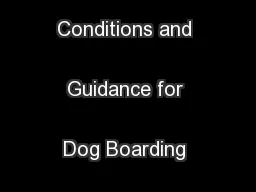
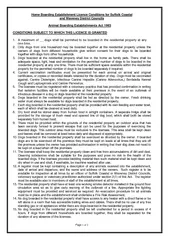

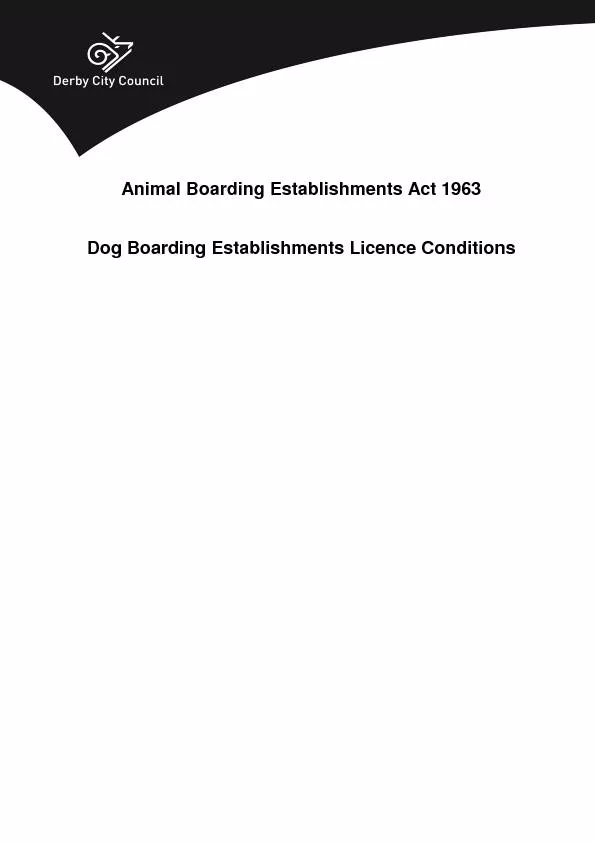


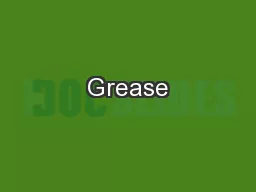

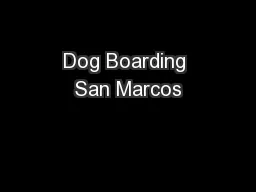
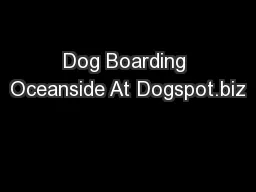

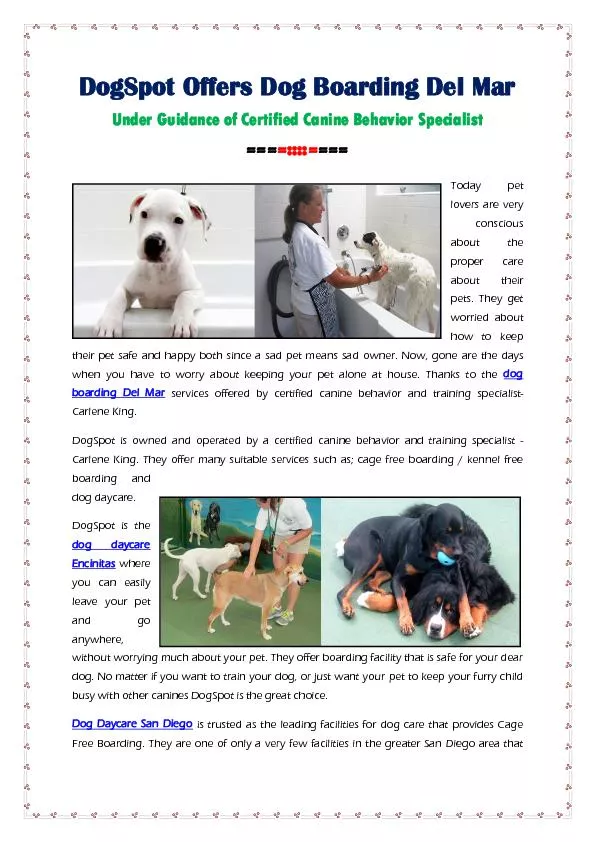
![[DOWLOAD]-Dog Paws: Unique Discrete Password Logbook for Pet Lovers, Dog Paws Design for](https://thumbs.docslides.com/983328/dowload-dog-paws-unique-discrete-password-logbook-for-pet-lovers-dog-paws-design-for-dog-dad-and-dog-mom-small-pets-dogs-series-dog-paw.jpg)
